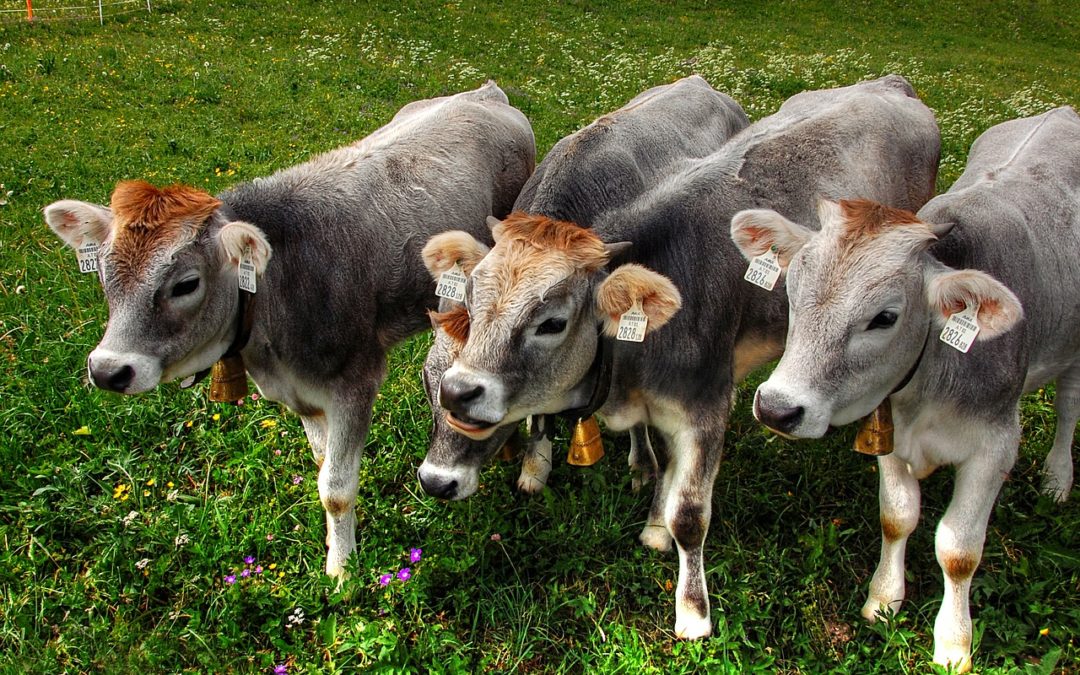Those of you in the cow-calf business wait all year for a calf. Most calves will be born in late spring or early summer. To make sure as many of these calves live as possible, today I am going to share some tips from Dr. John Maas from the University of California at Davis. First of all, if you are there when the calf is born and the calf is covered with a light brown to dark yellow film, this indicates the calf may be stressed. This film is called meconium, which is the calf’s first bowel movement. Since calves do not normally defecate inside the cow before birth, the presence of meconium on the calf when born indicates the calf should be watched closely and may need special care to survive.
After birth, all calves should get up and nurse within one hour. If this is not occurring, it indicates this calf is weak and may require special care to survive. Also, if the cow does not clean the calf like she normally should, this should indicate there is some problem and the situation should be watched closely. Another concern is any calf that appears weak, is lying on its side, or looks dehydrated. You can determine if a calf is dehydrated by checking the membranes in the mouth as they will be dry and tacky and your finger will temporarily stick when you pull it off the gums. Also, a dehydrated calf will have sunken eyes and cold feet. A common test is picking up the calf’s skin over the shoulder and observing the time it takes to return to normal. A normal calf’s skin returns to normal immediately while a dehydrated calf’s skin will remain tented or sticking up for a short period. If a calf is dehydrated and is found early, oral fluids given with a special feeding tube can be effective in treating the problem.
This post is the property of Veterinary Partner.


